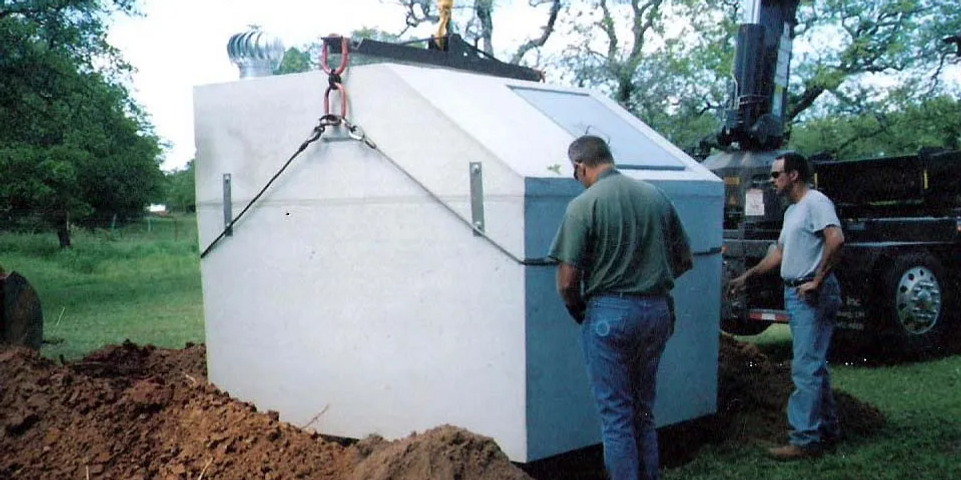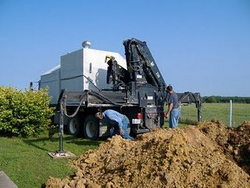4 Factors That Should Affect Your Storm Shelter Placement

When there's a severe storm headed your way, an underground shelter is the safest place to be. These sturdy structures can stand up to strong winds and flying debris, protecting you and your family. If you're considering storm shelter installation, the location makes a difference. Here are some criteria to think about before making a decision.
What to Consider When Installing an Underground Shelter
1. Accessibility
You may not have much warning before you need to run to your storm shelter. For this reason, it should be close to the house, with no major obstacles between your door and the shelter entrance. The further away it is, the more exposed you'll be while running and the less time you'll have to gather any additional supplies.
2. Convenience
While you want your storm shelter to be centrally located, having it appear in the middle of a grassy field where it will interrupt the path of a lawnmower or pose a tripping hazard is also not the best. Therefore, look for an area where it will still be easy to maneuver around.
 3. Utility Lines
3. Utility Lines
Because the storm shelter has to be buried deep underground, you can run into other buried objects when placing it. Homeowners, therefore, need to plan around plumbing, electric, and gas lines. Luckily, public records of these channels are often available.
4. Security
Ideally, your shelter should be hidden from plain view from the road. This way, it's less likely to be disturbed or broken in to. You should consider placing it behind a fence or hedge to minimize the risk that someone will steal supplies or vandalize the structure.
Oklahoma is one of the worst states in the country for tornadoes. If you’re a resident of McClain County, OK, contact G & M Tank Co. Their team has 45 years of experience installing septic systems, storm shelters, and other underground structures. Learn more about these offerings online. For a free quote, call them today at (405) 527-5342.
About the Business
Have a question? Ask the experts!
Send your question

